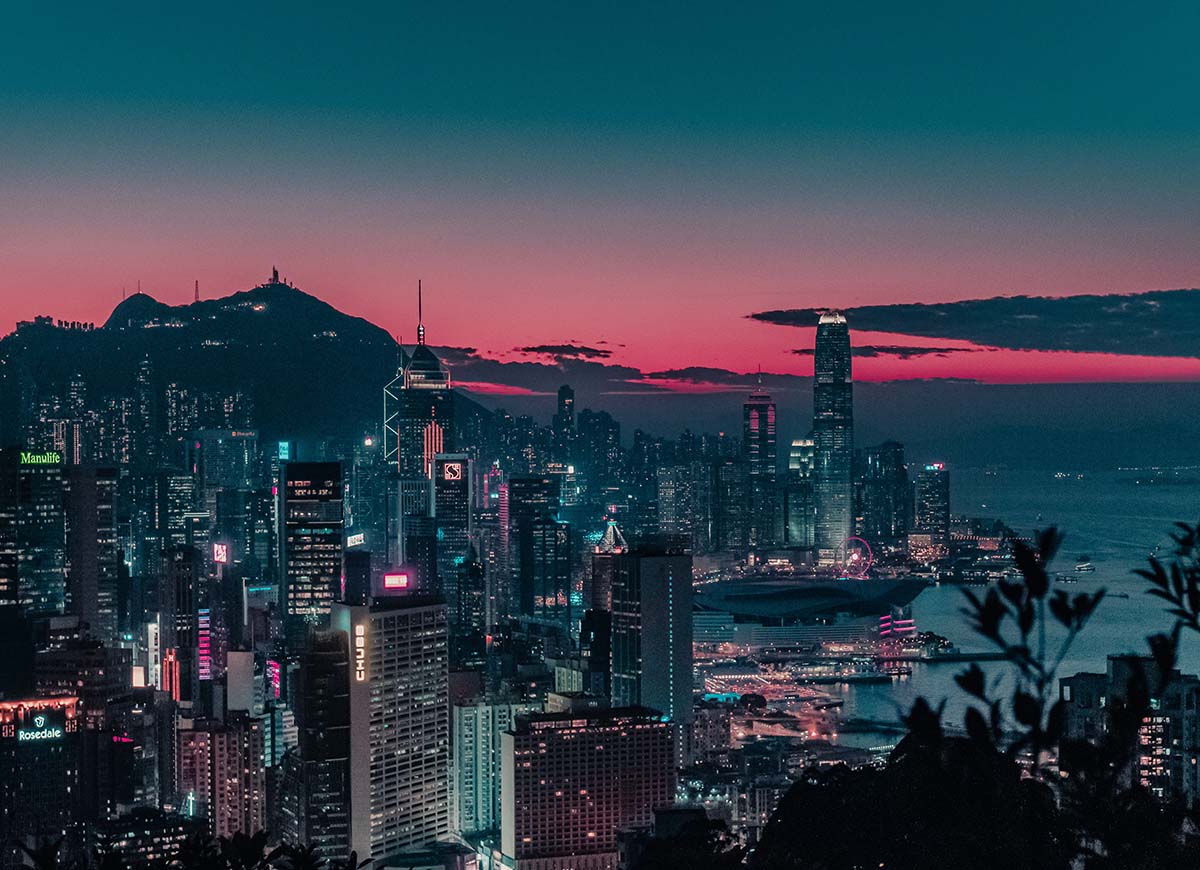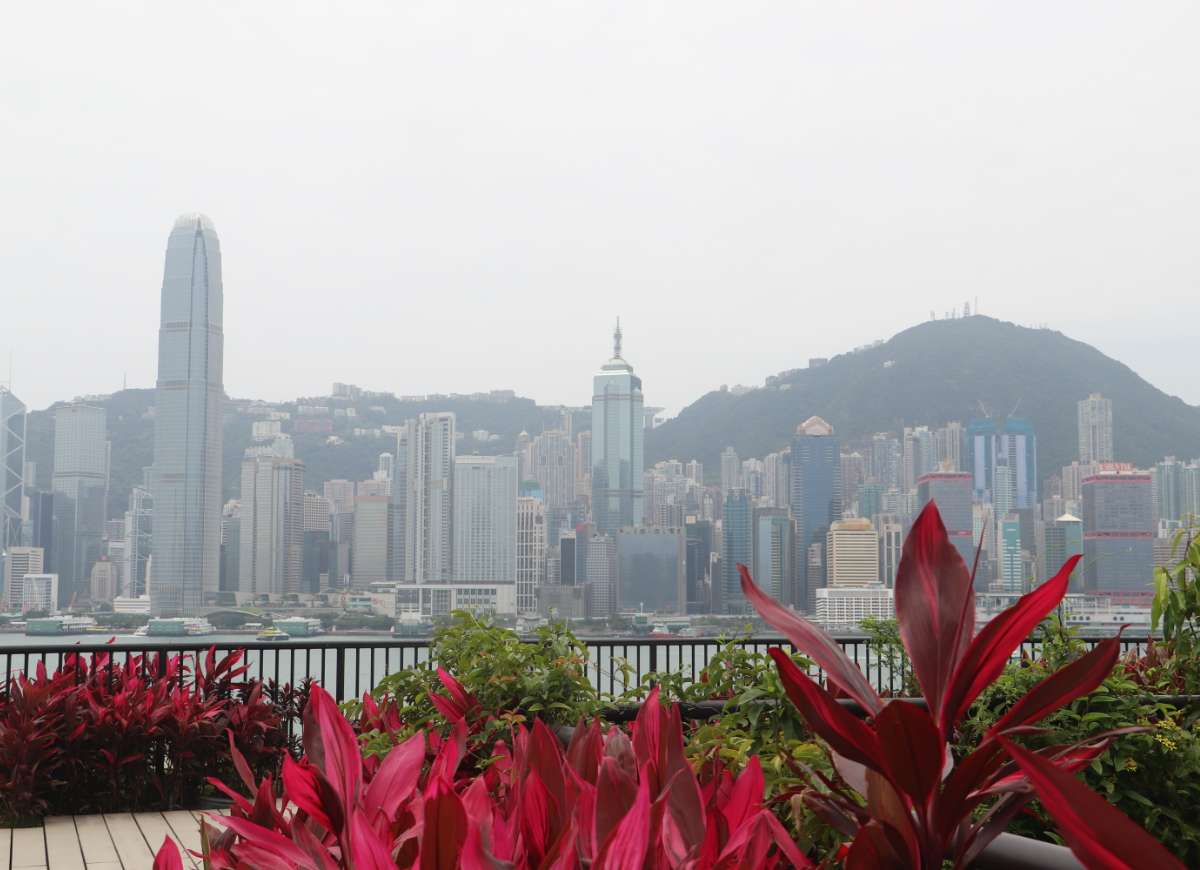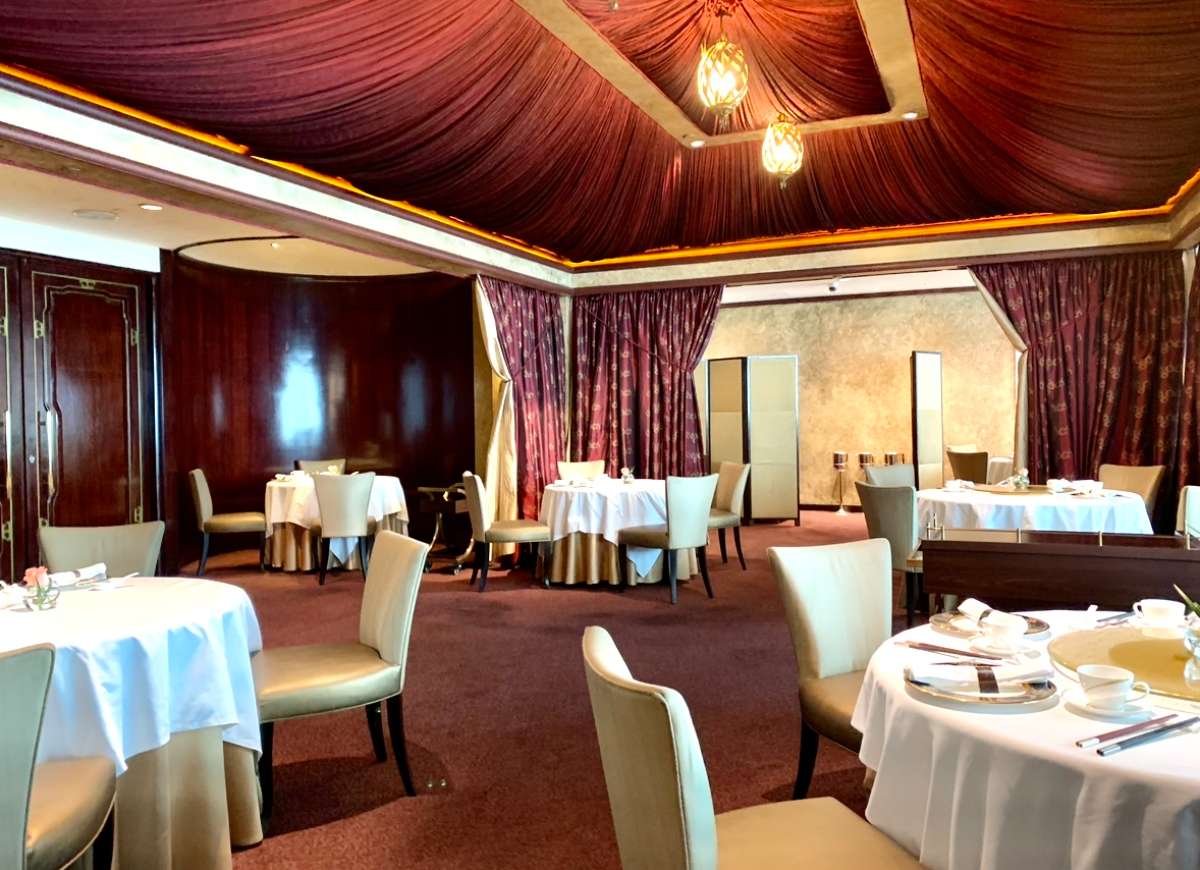Hong Kong Art & Culture, Food & Wine
7 experiences to try in Hong Kong

Hong Kong offers a vibrant mix of authentic experiences for visitors to explore its diversity and the contrasts of old and new. During a recent visit, Katrina Holden discovered these top activities.

Hong Kong offers a vibrant mix of authentic experiences for visitors to explore its diversity and the contrasts of old and new. During a recent visit, Katrina Holden discovered these top activities.
Take an evening junk boat cruise
The three, red-sail and wooden junk boats are an iconic symbol of Hong Kong and Victoria Harbour, having been used as transport and trading vessels in Chinese culture for centuries. Get a glimpse of Hong Kong’s dazzling skyline at night from the water on board aqualuna’s traditional vessel — one of the last remaining red sail junks. We sailed the harbour for just over an hour; you can sit up top on large daybeds or on the ship’s lower decks on classic teak chairs, while the staff serve you drinks. There are several pick up and set down points. Afternoon tea cruises and dim sum cruises are also available.

Visit the West Kowloon Cultural District
One of the largest cultural projects in the world, stretching across 40 hectares, the West Kowloon Cultural District is home to arts and cultural centres — as well as a 2km harbour-front promenade. You could spend a whole day at the M+ Museum alone, perusing its 33 galleries including its four permanent collections centred on Asia. M+ is dedicated to collecting, exhibiting and interpreting visual art, design and architecture, moving images and Hong Kong’s visual culture of the 20th and 21st centuries. Be sure to take in the fabulous Victoria Harbour views from its roof garden on level three, and later, dine at ADD + restaurant on the ground floor. Later, make your way to the Hong Kong Palace Museum, committed to the study and appreciation of Chinese art and culture.

Dine at a three-star Michelin restaurant
In 2023, 78 restaurants in Hong Kong were awarded coveted Michelin stars, ranging from one to three stars. During my recent visit, I dined at T’ang Court at The Langham, Hong Kong. The authentic Cantonese restaurant has been awarded three Michelin stars for eight consecutive years. It’s a refined setting here with burgundy-coloured furnishings, heavy drapes, and multiple private dining rooms. On fine bone china, waiters wearing suits present a six-course degustation with precision. We savour such delicacies as sauteed prawns with vegetables; baked stuffed crab shell with crab meat, onion and cream sauce; and baked seafood rice with cream sauce in pumpkin.
T’Ang Court is one of seven, three-Michelin-starred restaurants in Hong Kong, the others being 8½ Otto e Mezzo Bombana (the only Italian restaurant outside of Italy to receive three stars); Caprice (at Four Seasons Hotel Hong Kong); Forum (operating since 1977); L’Atelier de Joël Robuchon (awarded three stars for 12 consecutive years); Sushi Shikon by Yoshitake (awarded three stars for 10 consecutive years); and Ta Vie (located inside the boutique Pottinger Hotel).

Tour the Wan Chai food markets
In Wan Chai Road and Bowrington Road you’ll find the Wan Chai wet market. Buzzing with a chaotic energy, motorbike horns fill the air, along with the sound of merchants spruiking their goods loudly from outside their stalls. I’m visiting with Hong Kong Tourism and Australian Chef, Neil Perry — the Creative Director of Food, Beverage and Service for Qantas. Neil tells our group: “Wan Chai markets is pretty timeless. This is the real Hong Kong. I love Wan Chai because this would have been what Hong Kong was like probably 30 or 50 years ago in a lot of Hong Kong.”
Wandering the streets, you’ll see roast duck, geese and pork in poultry stores, dried foods and fresh fish and crustaceans (some live, leaping out of foam buckets). In a fruit and vegetable store, we see gingko nuts, straw mushrooms, Chinese celery, and a variety of melons before Perry excitedly holds up an enormous piece of ginger, grinning like a kid in a candy store.
Wander at your own pace, or sign up to a guided food tour with culinary tour operators such as Humid with a Chance of Fishballs or Hong Kong Foodie Tasting Tours. There’s also a Wan Chai heritage trail map available to download to help you explore this district.

Visit a classic tea house
Luk Yu Tea House on Stanley Street in Central is said to be the oldest tea house in Hong Kong, established in 1933. The tea house and dim sum restaurant is heaving on the day we visit, with Neil Perry. “The last time I went to Luk Yu Tea House was six years ago and I’ve been here several times” Perry tells en route to the restaurant. “They’re almost like the ‘soup Nazi’s’ (from Seinfeld)… they’re so rude, the waiters are just pushing people through, but in a funny way. It’s actually a really fun part of the experience. It’s the hustle and the bustle, and people are bumbling through; it’s always heavily booked.”
At the three-storey restaurant, our guide orders from a menu written in Cantonese, old-school style circling preferences with a led pencil on a paper card. We welcomed a steady stream of beers, baskets of fried dim sum, platters of seafood and chicken dishes, and sticky rice wrapped in lotus leaves.

Take a cable car ride to Lantau Island
Jump on a Ngong Ping 360 cable car ride that connects Tung Chung with Ngong Ping. Pay extra for the fully glass Crystal cable car, to get incredible views from every possible angle as you head to Lantau Island during the 25-minute ride. The Ngong Ping village is the starting point from which to explore the Big Buddha (or Tian Tan Buddha) and the Po Lin Monastery.
Completed in 1993, the 35-metre-high Buddha, made up of 202 bronze pieces constructed in mainland China, is the second tallest in the world. Ascend 268 steps to the base of Buddha for incredible views. At your own pace, you can wander the various courtyards and temples of the Po Lin Buddhist Monastery, built in 1924.

See the fisherman’s houses at Tai O fishing village
On the same day you visit the Big Buddha, you can view Hong Kong’s last standing homes on stilts in the traditional fishing village of Tai O, at the far end of Lantau Island. It’s almost like time has stood still here, through the narrow, winding laneways lined with food stalls and shop fronts.
Take a boat ride through the canals to see the traditional stilt homes, then cross an arched, Venetian-style bridge to wander to Tai O Market street where you’ll find the Fook Moon Lam Restaurant. I loved the authentic, old-school vibe here. It’s loud, large and no-frills – but the food, and service, was fantastic. During my visit, we feasted on scallops in their shells topped with noodles, fried fresh squid with vegetables and whole prawns.
The writer was a guest of Hong Kong Tourism and Qantas.
Credit for all images (except the opener): Katrina Holden

Latest Articles
Don't miss the latest from Luxury Travel
